If DSLR cameras are dead, why are they still so popular? Here are 5 reasons
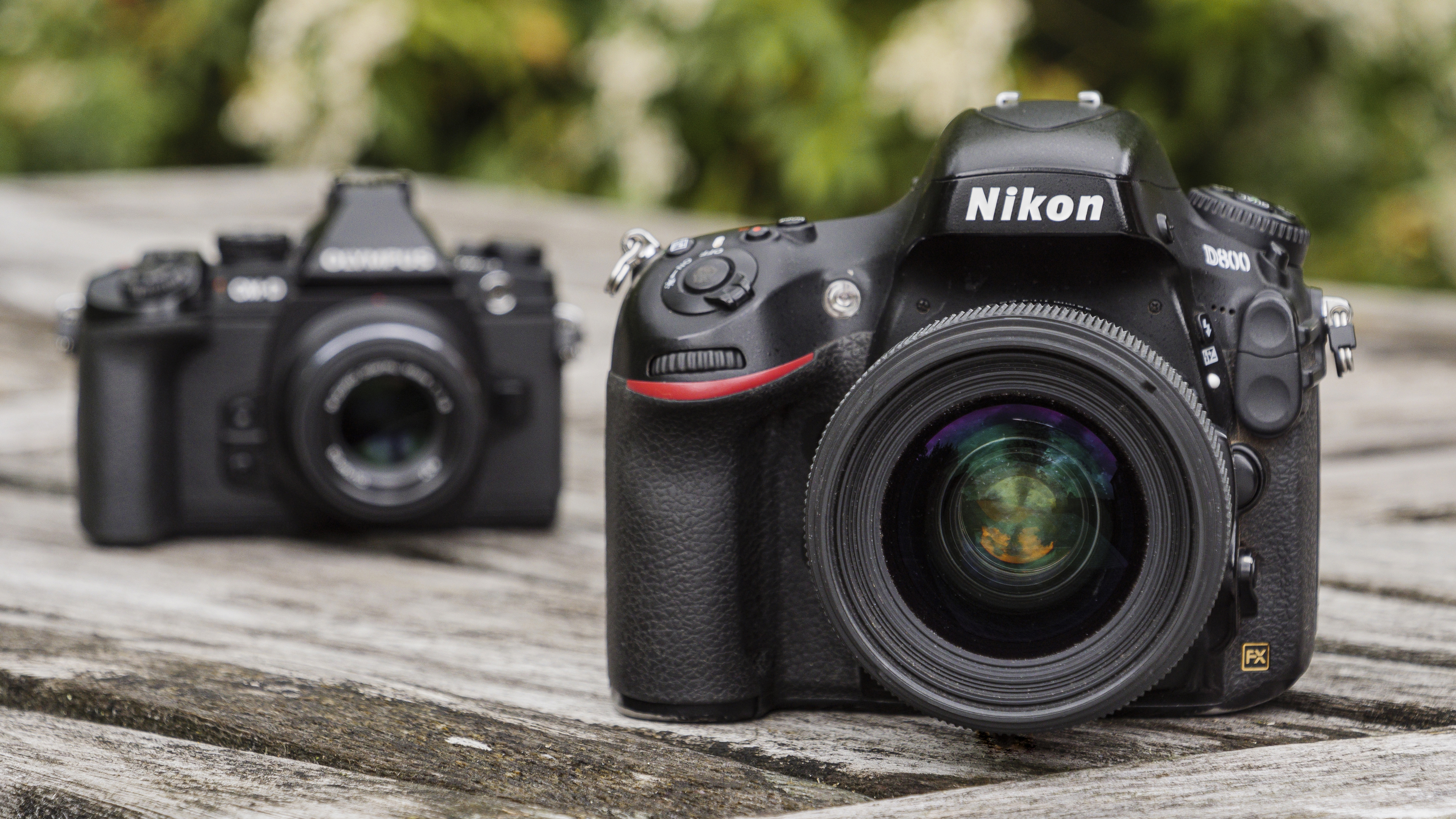
TechRadar recently ran a WhatsApp poll asking 'What camera do you use – mirrorless, DSLR, phone, or all of the above?' Phones overwhelmingly came out on top, but it was also striking how many votes DSLR got, with almost twice as many votes as mirrorless (see below).
Shoppers are also putting their money where their WhatsApp votes are. During the Black Friday / Cyber Monday sales, the most popular camera deals on TechRadar by click-through were by far those for entry-level DSLRs. Sure, cheaper gear flies off the shelves in greater volume, but even entry-level mirrorless cameras at the same price point, like the Canon EOS R100, couldn’t compete with the Rebel T7 / EOS 2000D DSLR (the deal on which, by the way, was far from the best in our roundups).

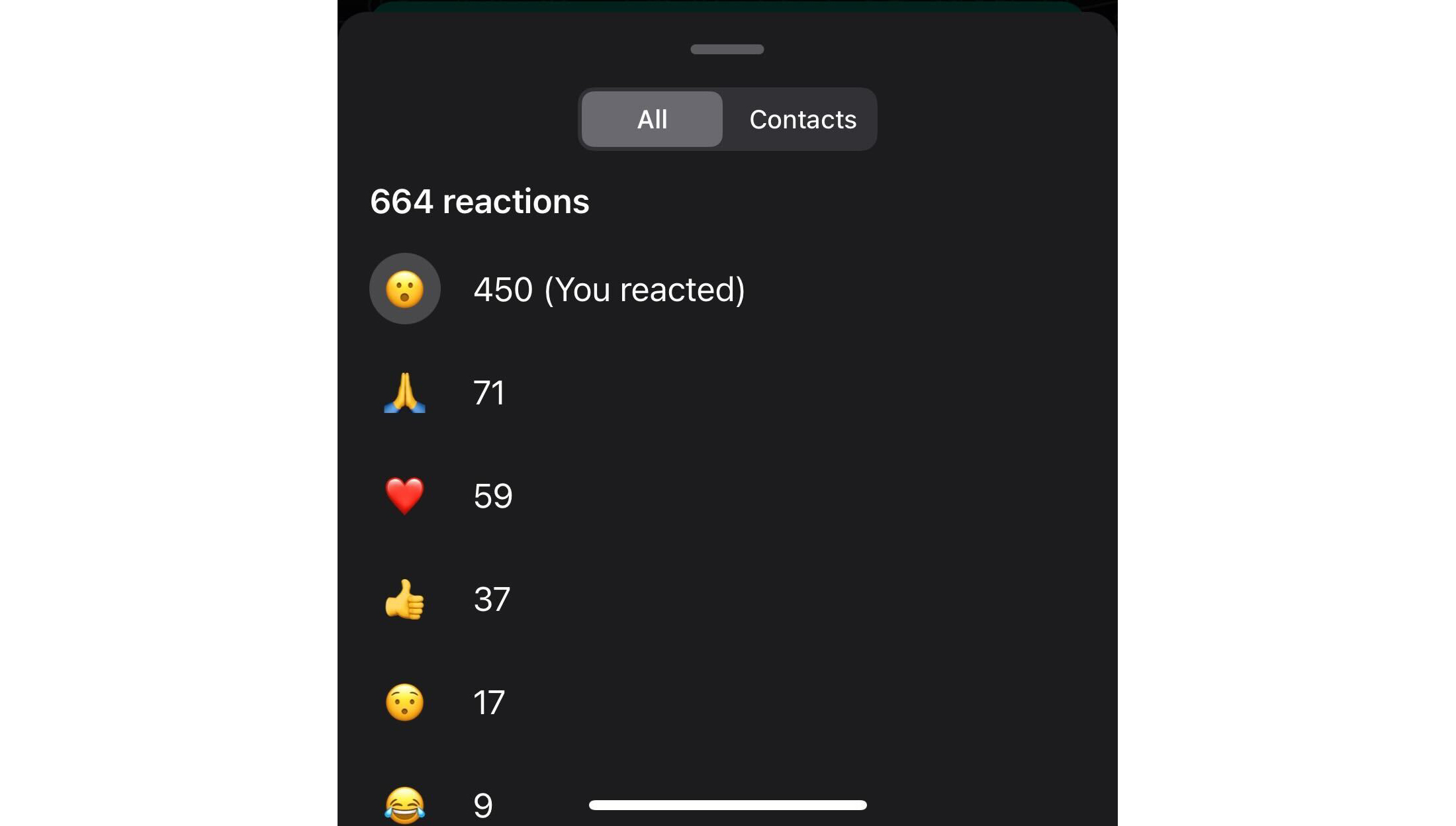
The continued popularity of DSLRs isn’t down to quality considerations – the latest and greatest cameras are mirrorless. In 2021, I traded in my pro DSLR to get a Nikon Z6 II, and I love it – it’s one of the best mirrorless cameras after all. All the big camera brands are in the mirrorless space now, while DSLR is a dormant market. A niche black-and-white iteration of the existing Pentax K3 III notwithstanding (the K3 III Monochrome), it’s been around four years since new DSLRs like the EOS Rebel T8i / EOS 850D were hitting the shelves – and it was clear back then that the technology had already peaked.
Stagnant though the DSLR market is in terms of new gear, people are still using these cameras, and researching deals on them, in decent numbers. So what is it about these somewhat forgotten cameras that still appeals? They certainly didn't get any worse since the mirrorless dawn – but if DSLR technology has little hope of future development while mirrorless keeps improving, why are people still keen on the form factor? I can see a few reasons, and who exactly can still enjoy DSLRs for the years to come.
1. They’re cheap, especially secondhand
Value for money is where the case for DSLR begins. The best beginner DSLRs are now the cheapest interchangeable lens cameras you can buy, and the secondhand market is huge. You can pick up an old entry-level DSLR with lens for as little as $60 / £50, while the most recent models are less than $500 / £400, especially in the best holiday deals.
For those who want to develop their photography skills, picking up additional lenses – perhaps a fast prime such as a 50mm f/1.8 – can be relatively inexpensive, while accessories, including the memory cards used in DSLRs (usually SD cards) are also low-cost. Mirrorless cameras and accessories on the other hand, both new and secondhand, can be much pricier.
2. They’re a solid choice for first-time photographers
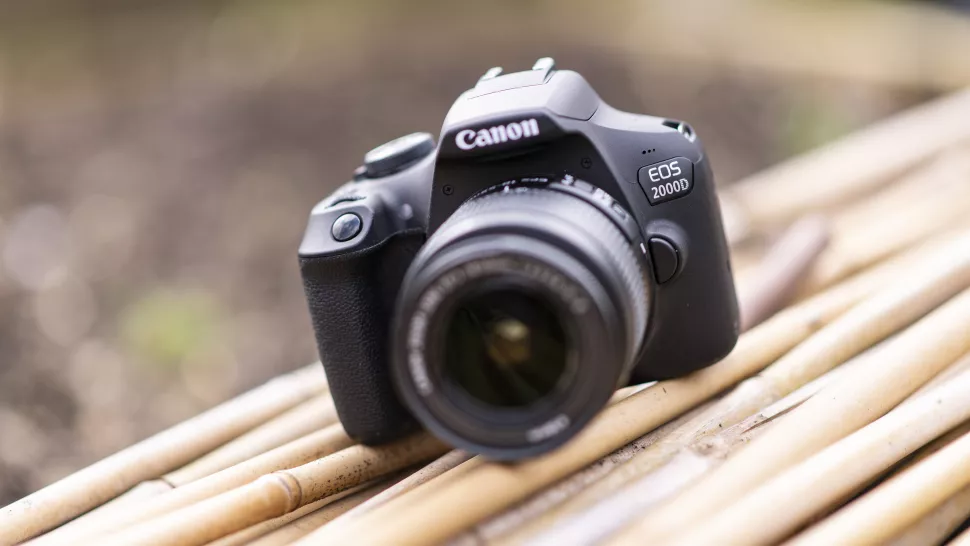
Mirrorless cameras are in general better equipped than DSLRs for photo and video, but if photography is your sole endeavor – which is true for a large number of creatives and camera newbies – then a DSLR will do everything you need. Even traditionalist pro landscape photographers who don’t need the latest autofocus performance might prefer one of the best DSLRs over mirrorless.
Sign up for breaking news, reviews, opinion, top tech deals, and more.
I’ve noticed less of a difference in image quality between a DSLR lens and mirrorless equivalent when the aperture is stopped down to its sharpest setting – usually the middle between f/5.6 to f/11 – as opposed to shooting with aperture wide open, which is where image quality can fall off more noticeably with DSLRs. I often get asked "What first camera would you recommend?" – and all things considered I'm inclined to say a DSLR.
3. DSLRs feel good
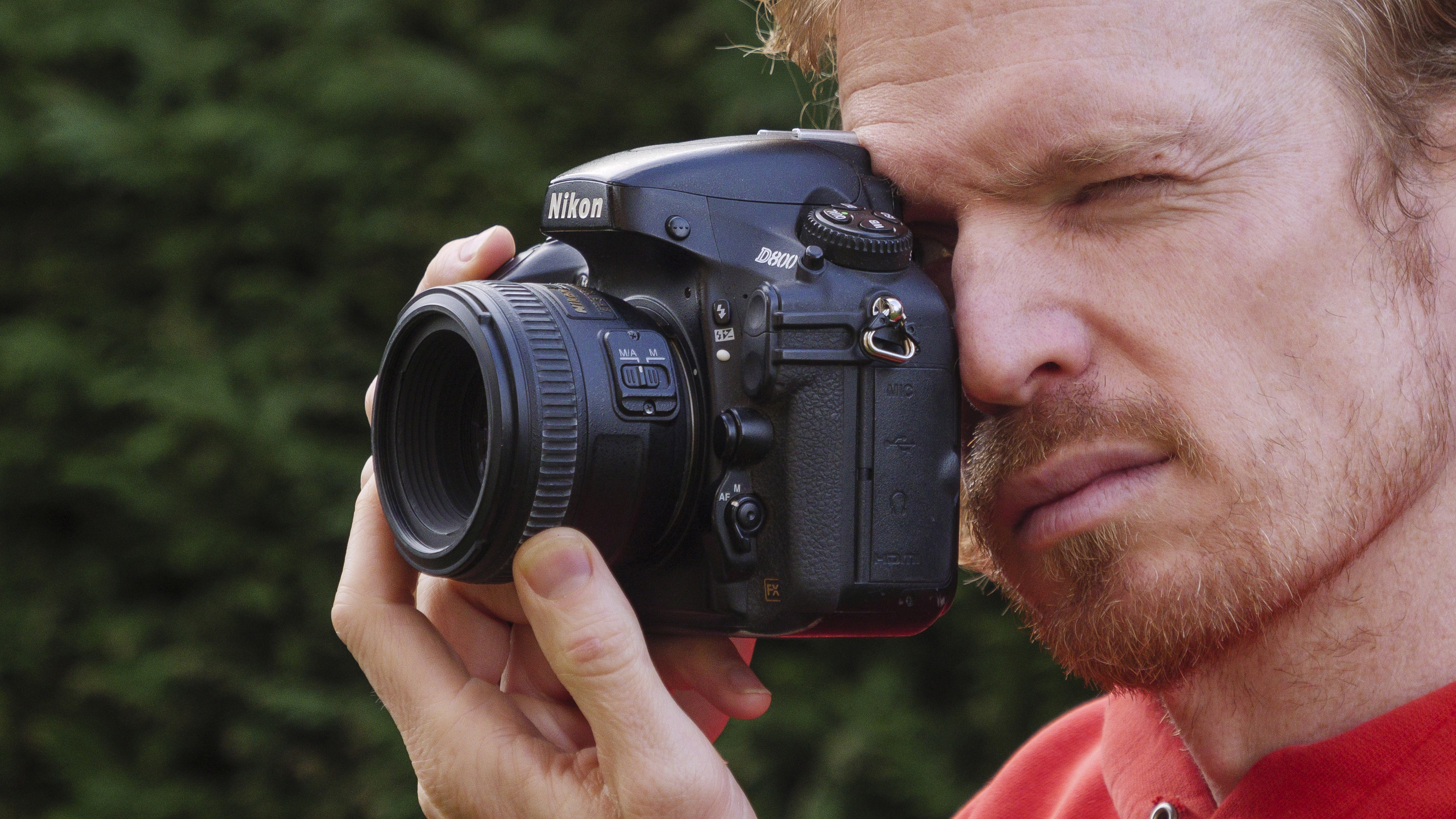
Unlike the best camera phones, DSLRs are designed for a singular purpose – great handling for taking pictures. DSLRs don’t try to be small, or fit in a pocket. The traditional DSLR design feels great in the hand, with generous grip and key controls at your fingertips. Plenty of the latest mirrorless cameras, like the Nikon Z8, Sony A7 IV and Canon EOS R6 II take the DSLR form factor, even though technically they don’t need to, given that they don’t use optical viewfinders. It seems that for many people, the way a DSLR handles was already good enough.
4. Old-school viewfinders in a digital world
There’s something about the optical viewfinders used in DSLRs that charms – as opposed to the digital EVFs used in mirrorless. Like most pro DSLRs, my faithful Nikon D800 has a wonderfully large and bright optical viewfinder. It doesn’t show me the exposure in real time like my Z6 II does but – and maybe it’s just me – removing another digital display from my life feels great, especially when I'm creating. You still get the accurate view for composition – even OVFs used in entry-level DSLRs will display around 95% of the frame – without a digital display.
5. Secondhand lenses
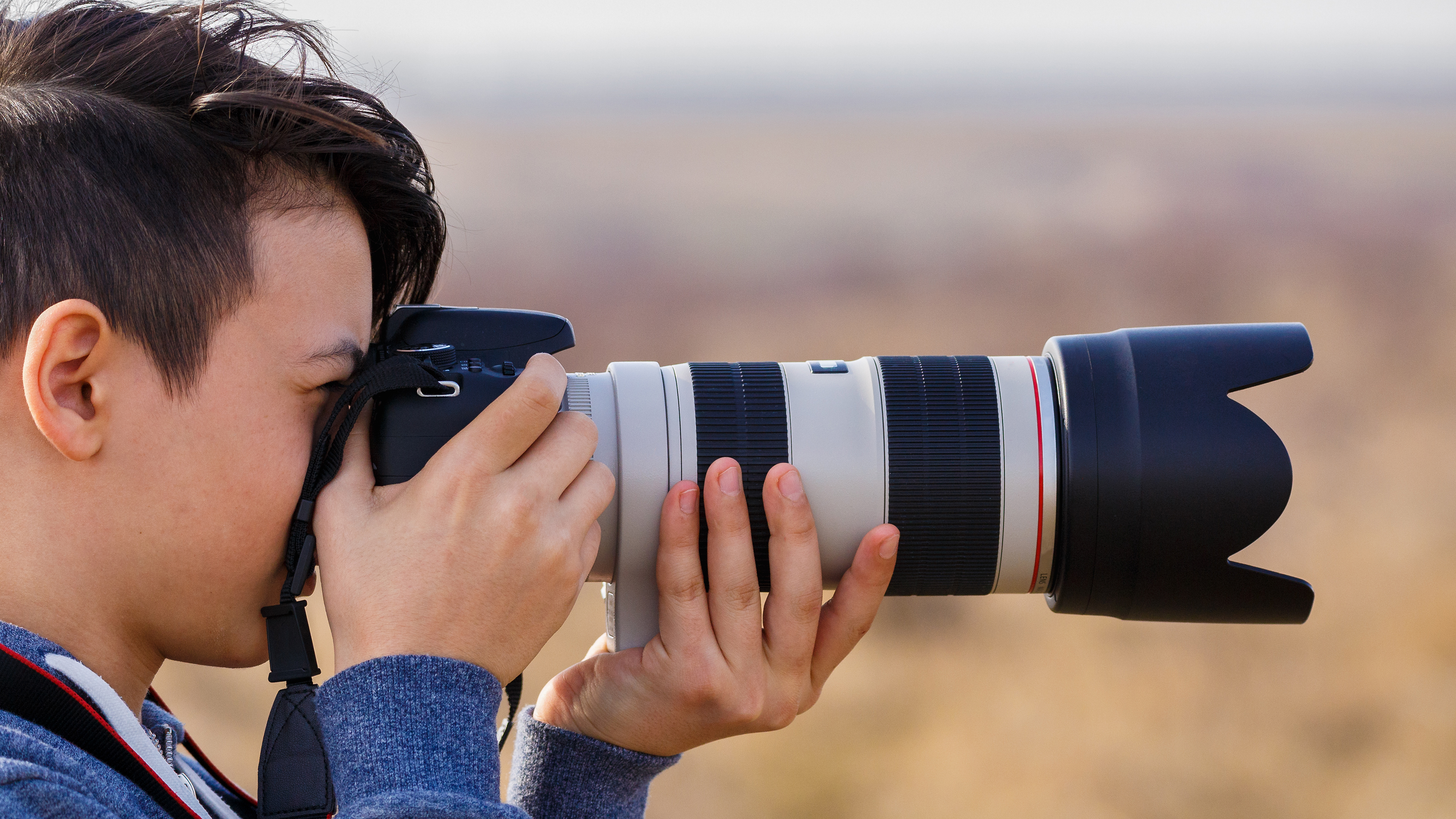
DSLR and mirrorless are both interchangeable lens systems, and to get the most from these cameras you will, over time, want to build up a collection of lenses. In 2023, it’s less about there being a larger choice of DSLR lenses compared to mirrorless – a number of mirrorless systems now boast expansive lens lineups, with special mention to Sony, Fujifilm and micro four thirds, while even Nikon and Canon are hard at work adding new mirrorless lenses.
The argument in favor of DSLR over mirrorless here is the cost of lenses, with plenty of secondhand DSLR lens bargains available for Canon, Nikon, and Pentax cameras. Check out the best secondhand retailers – we recommend BHPhoto, Adorama, and KEH for US readers, while Jessops, London Camera Exchange, MPB and Park Cameras are all good options for UK-based photographers. In Australia, you can try Ted's Cameras, Diamond's Cameras and Camera Electronic.
You might also like

Tim is the Cameras editor at TechRadar. He has enjoyed more than 15 years in the photo video industry with most of those in the world of tech journalism. During his time as Deputy Technical Editor with Amateur Photographer, as a freelancer and consequently editor at Tech Radar, Tim has developed a deeply technical knowledge and practical experience with cameras, educating others through news, reviews and features. He’s also worked in video production for Studio 44 with clients including Canon, and volunteers his spare time to consult a non-profit, diverse stories team based in Nairobi. Tim is curious, a keen creative, avid footballer and runner, and moderate flat white drinker who has lived in Kenya and believes we have much to enjoy and learn from each other.